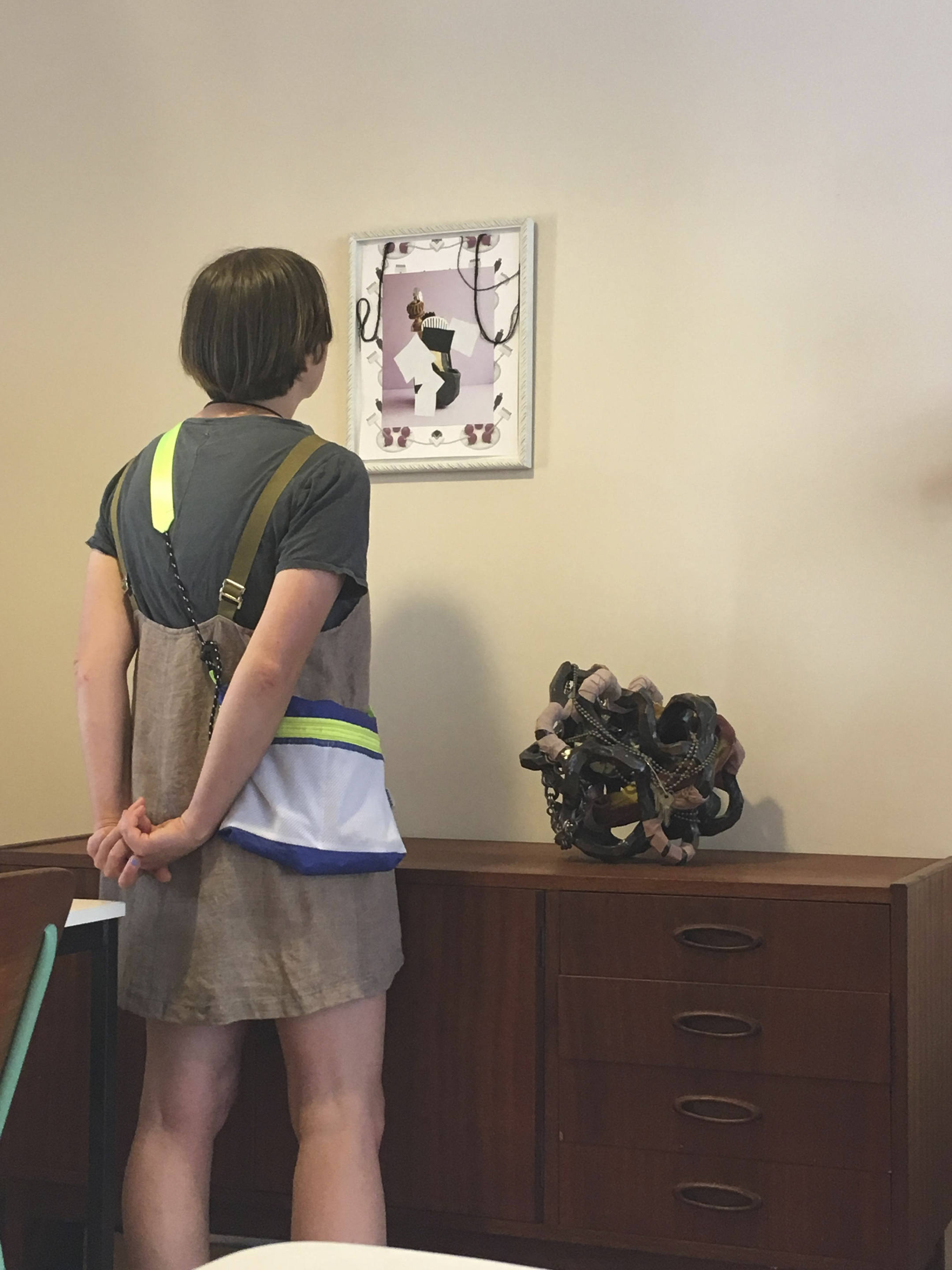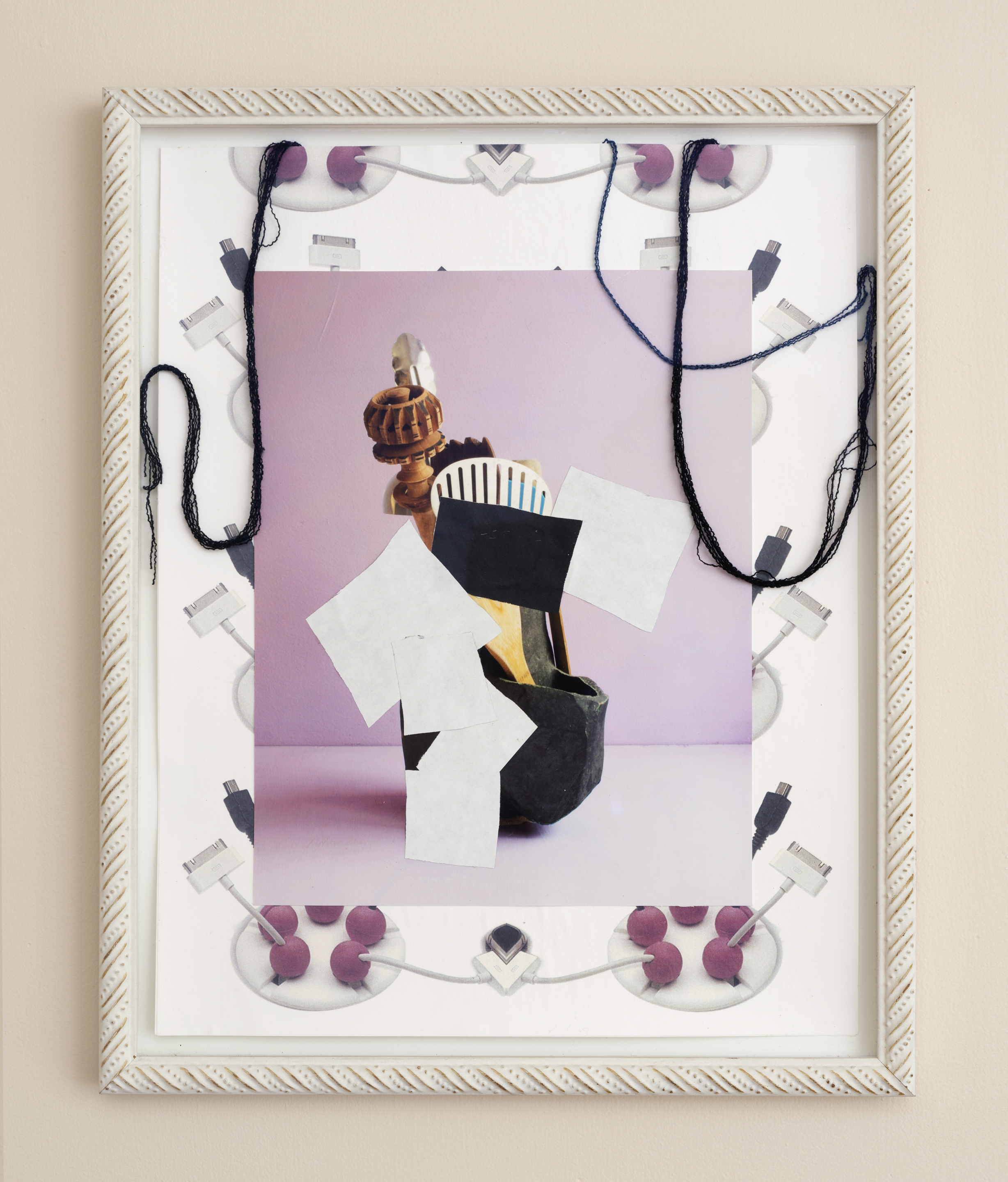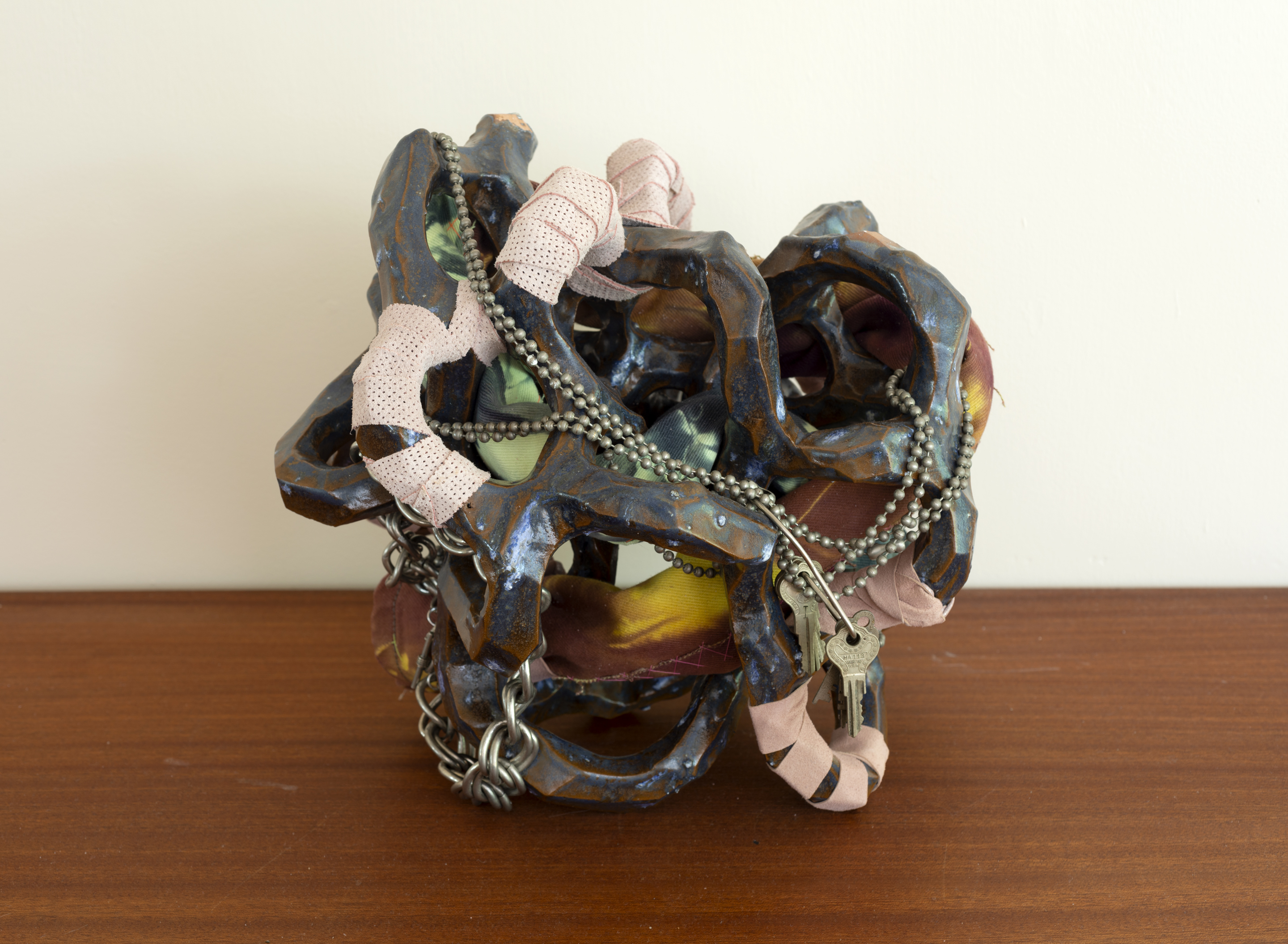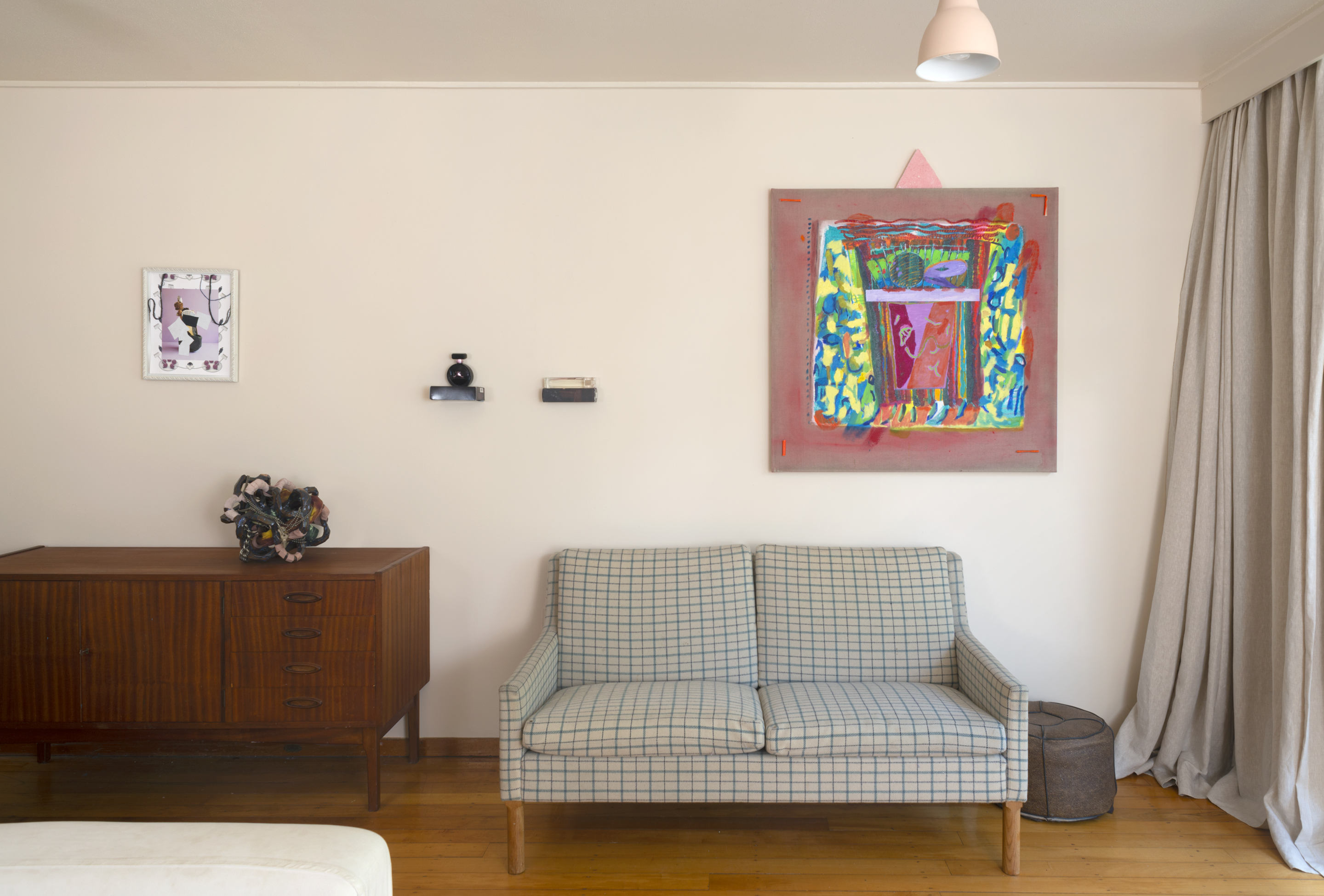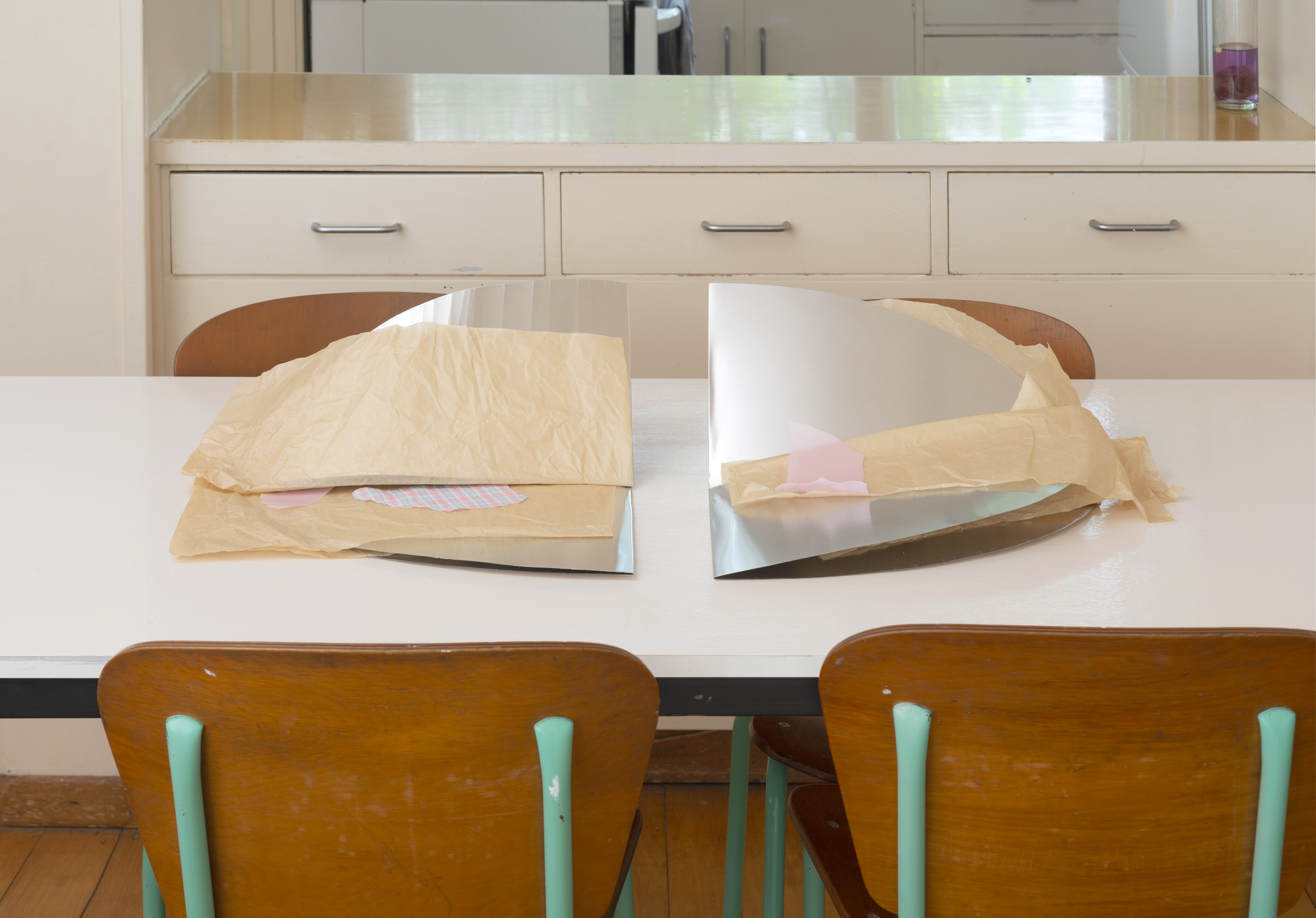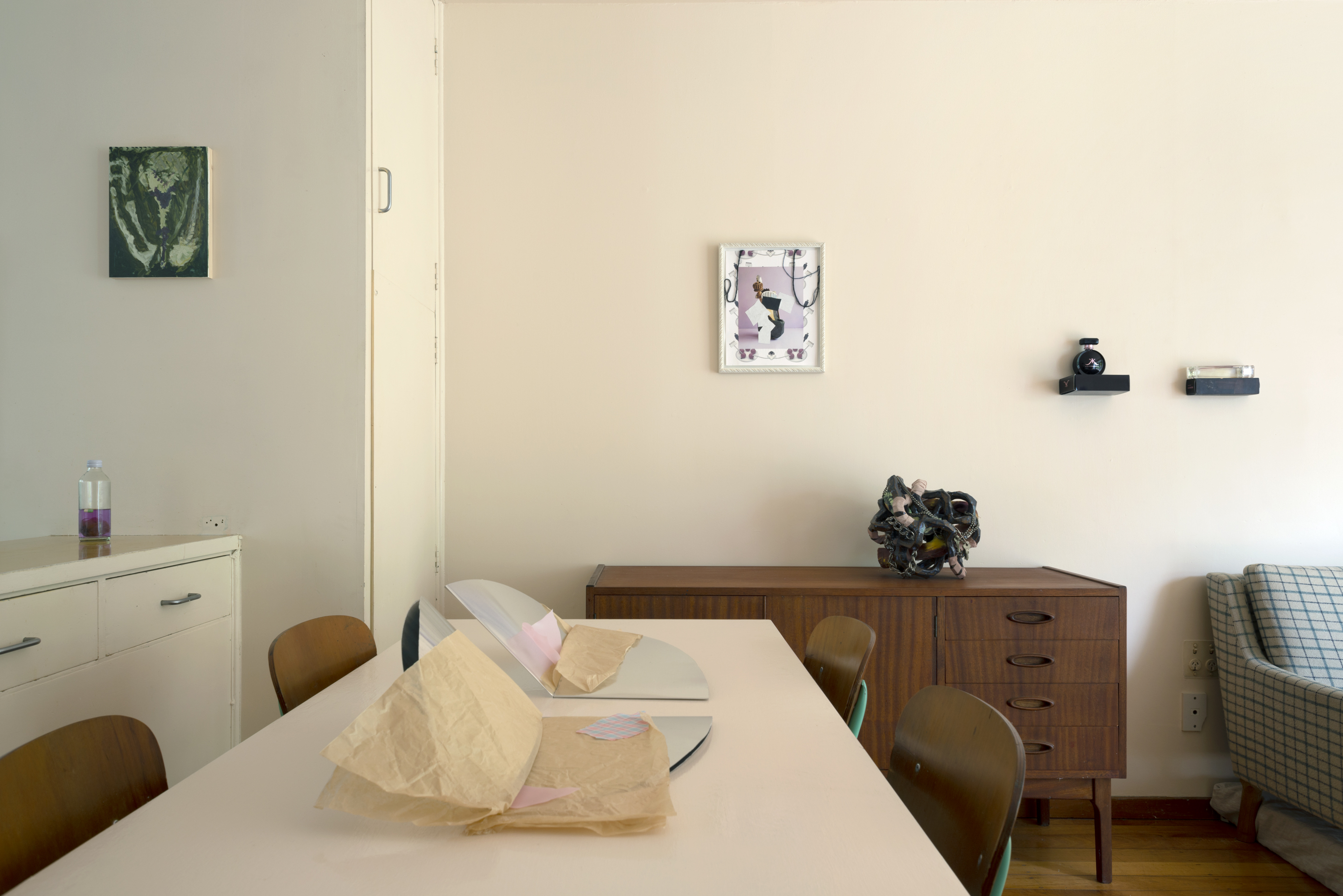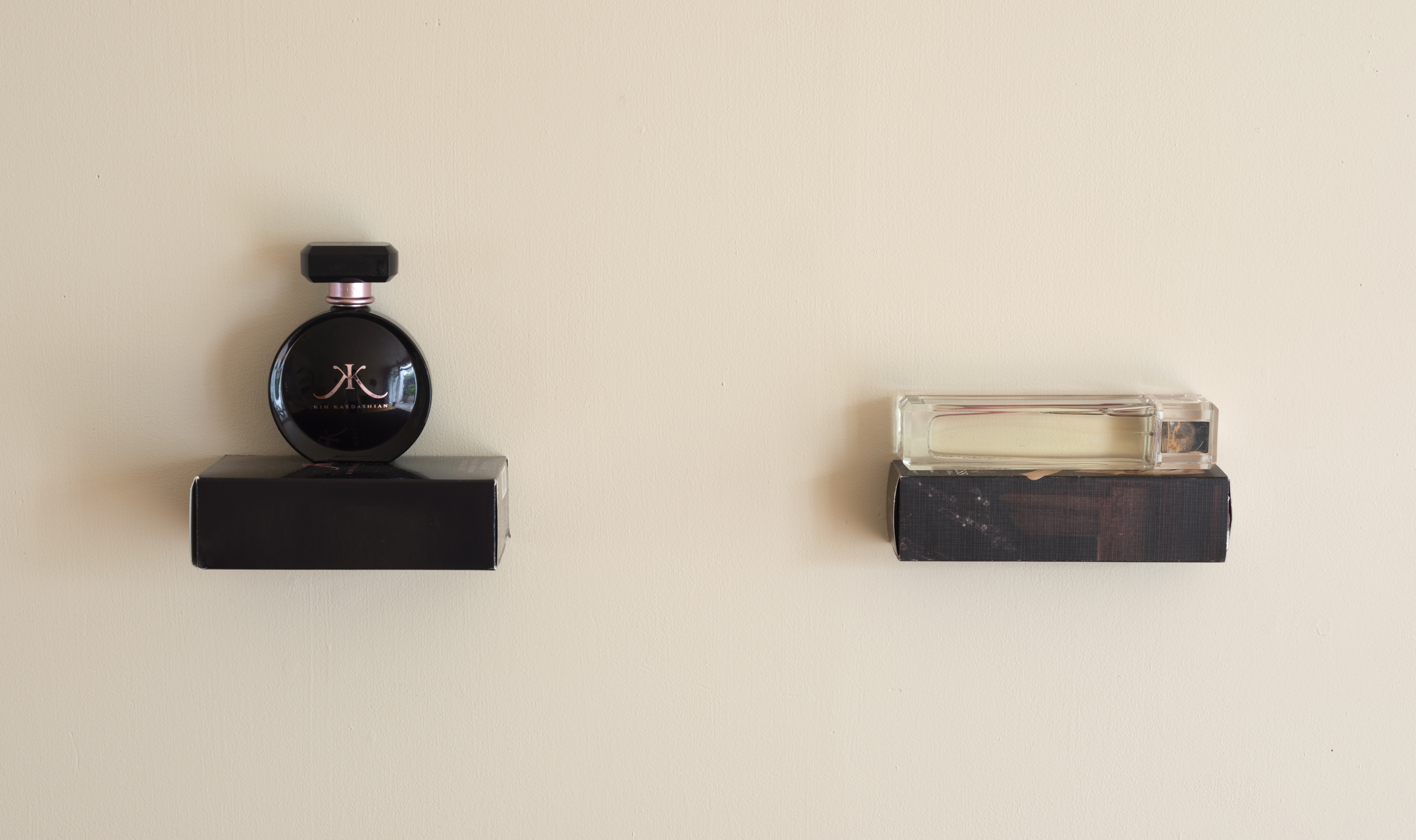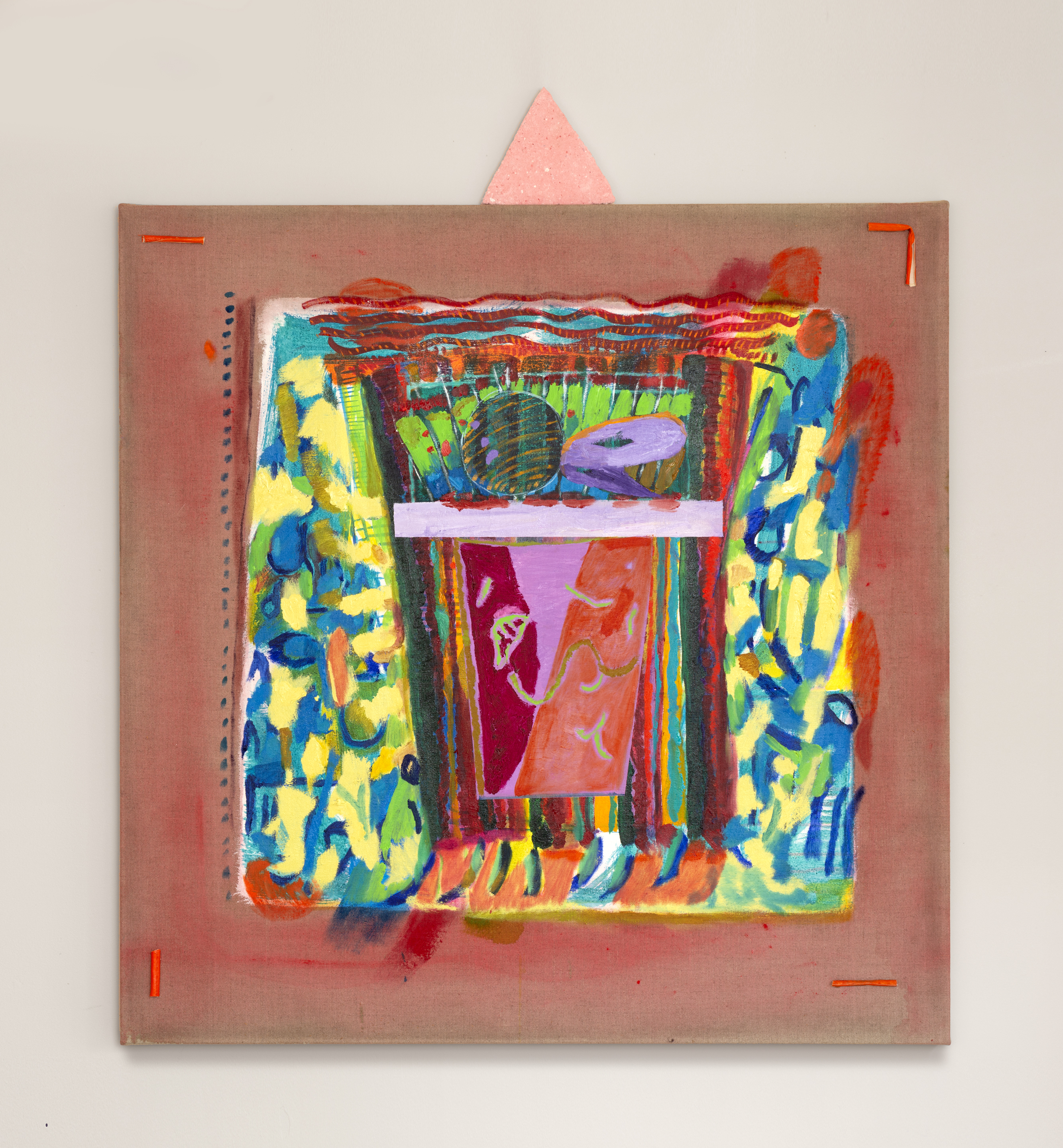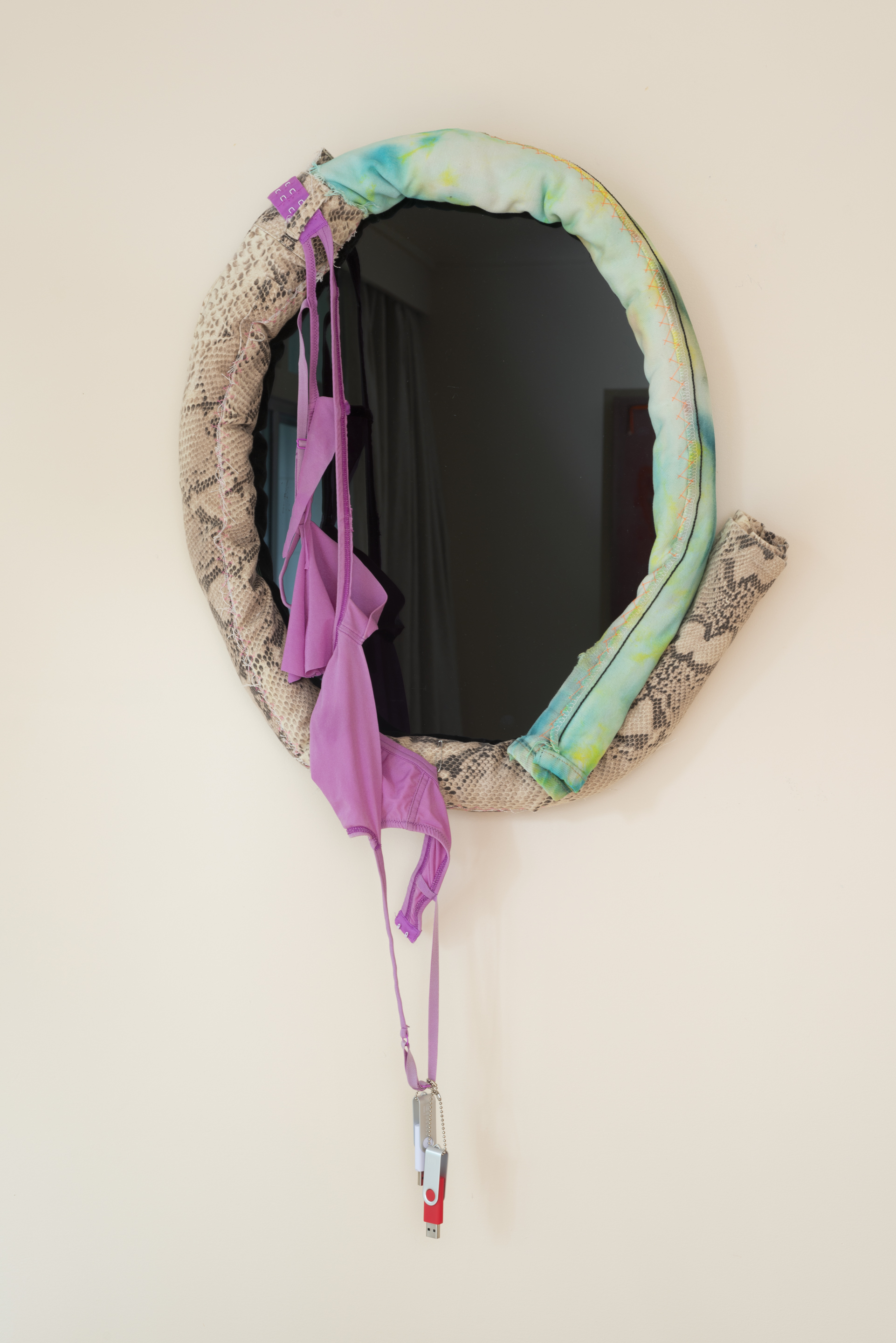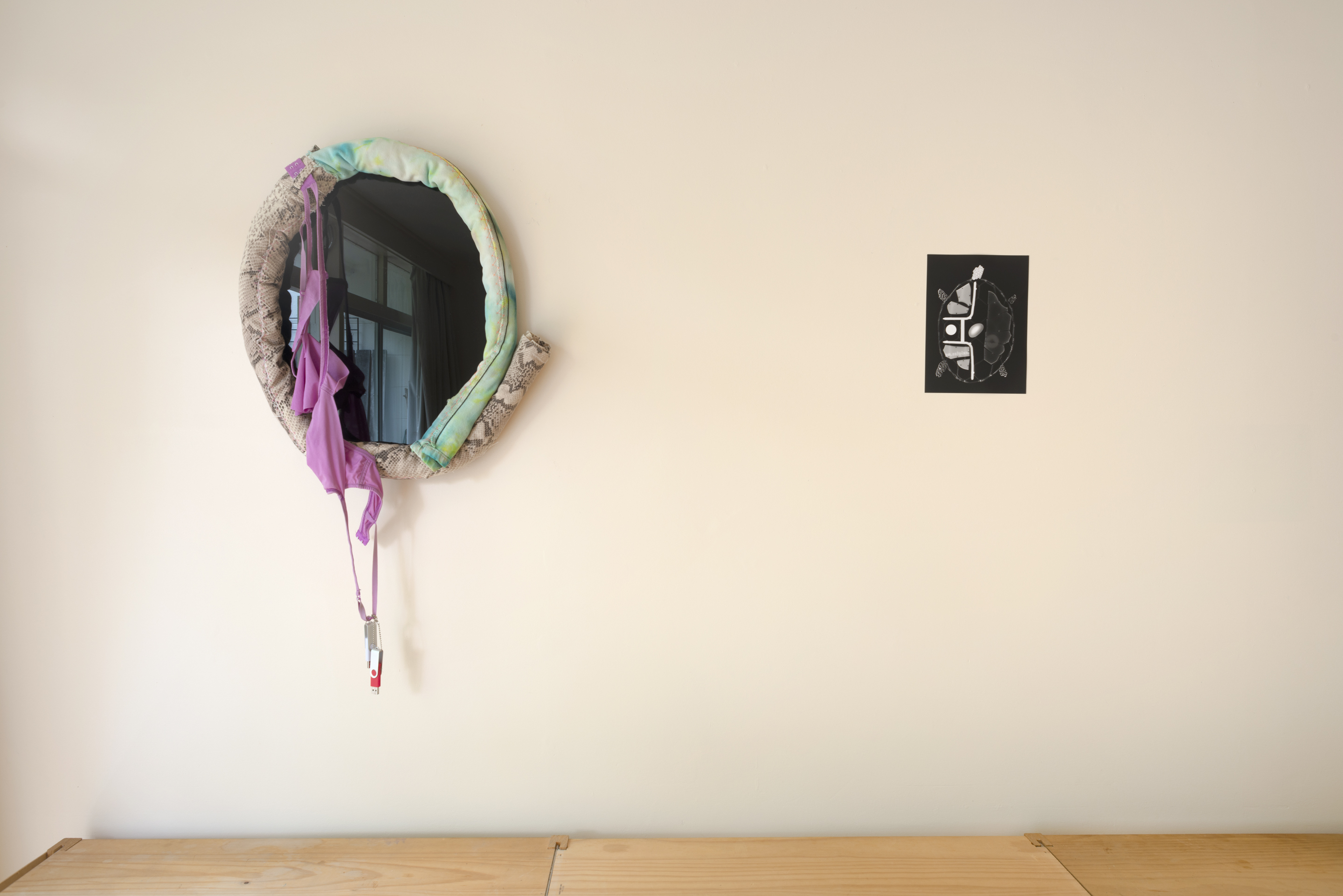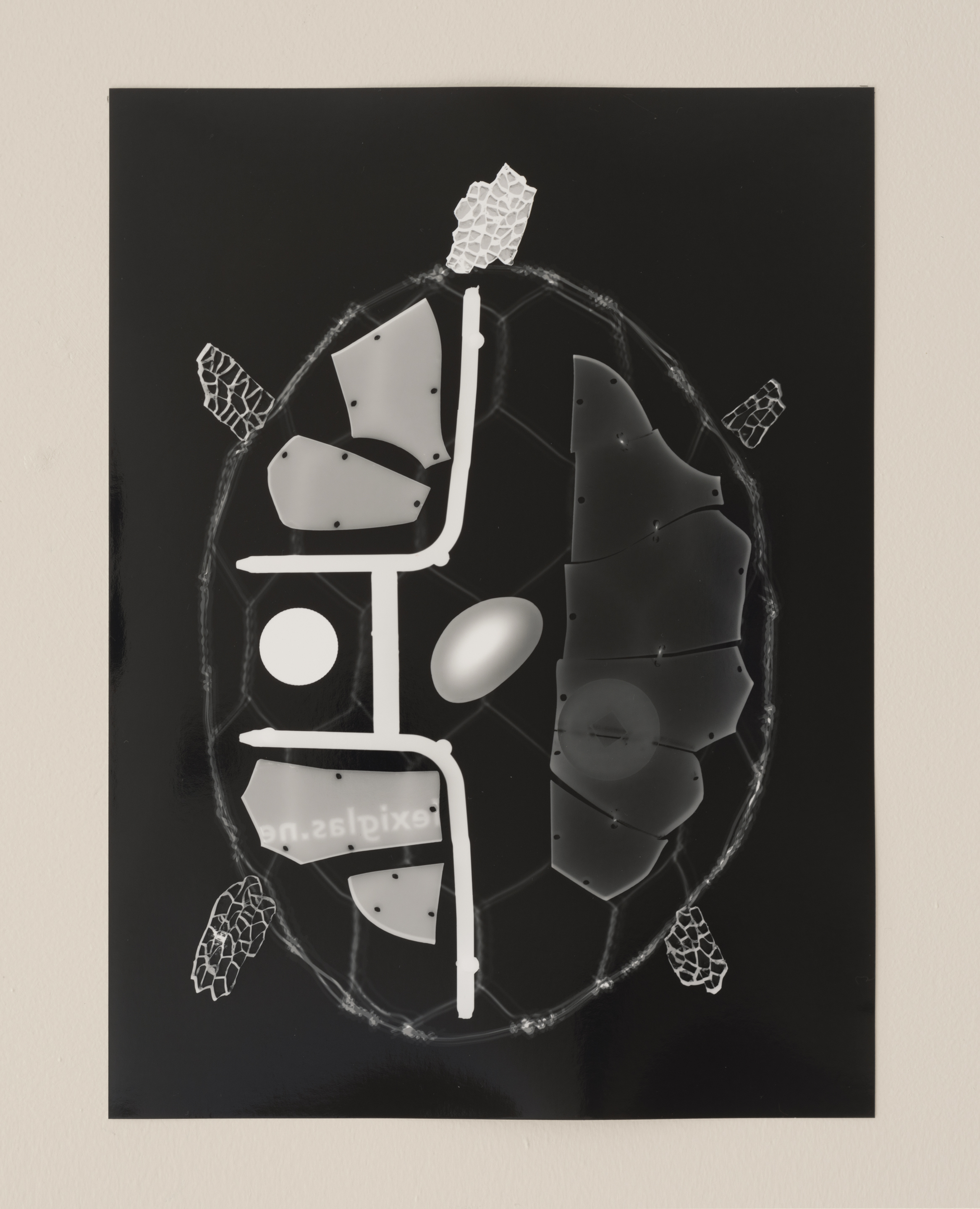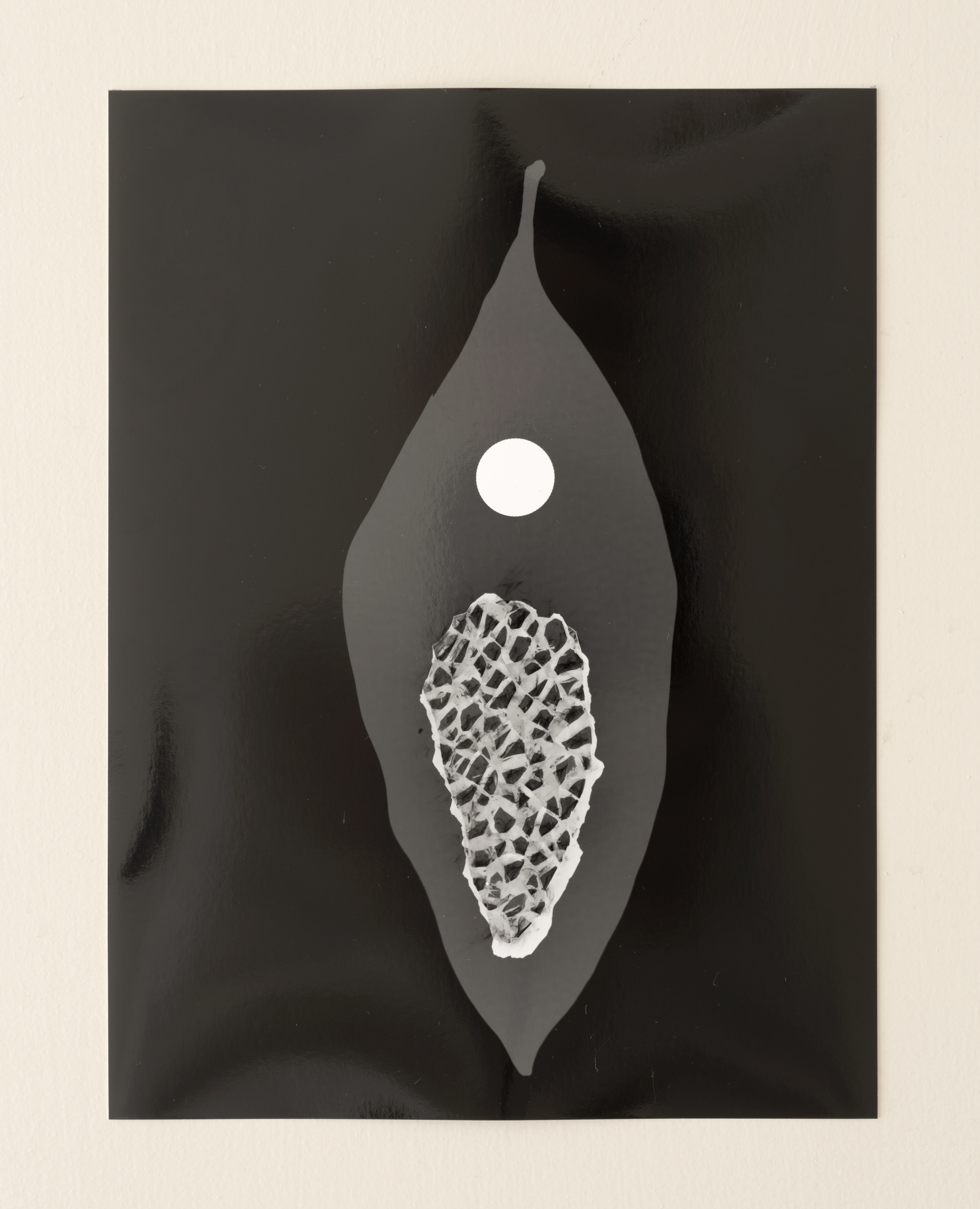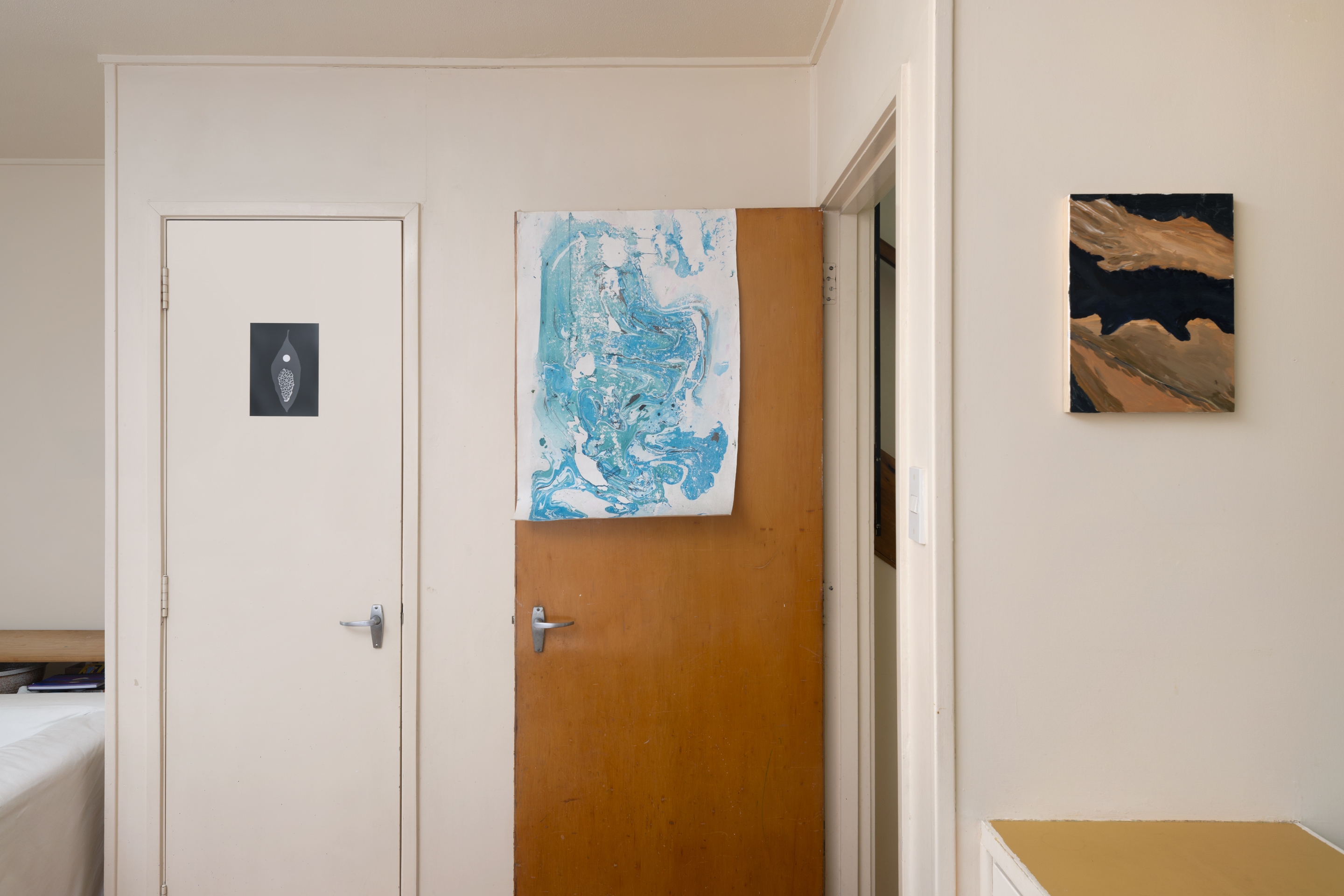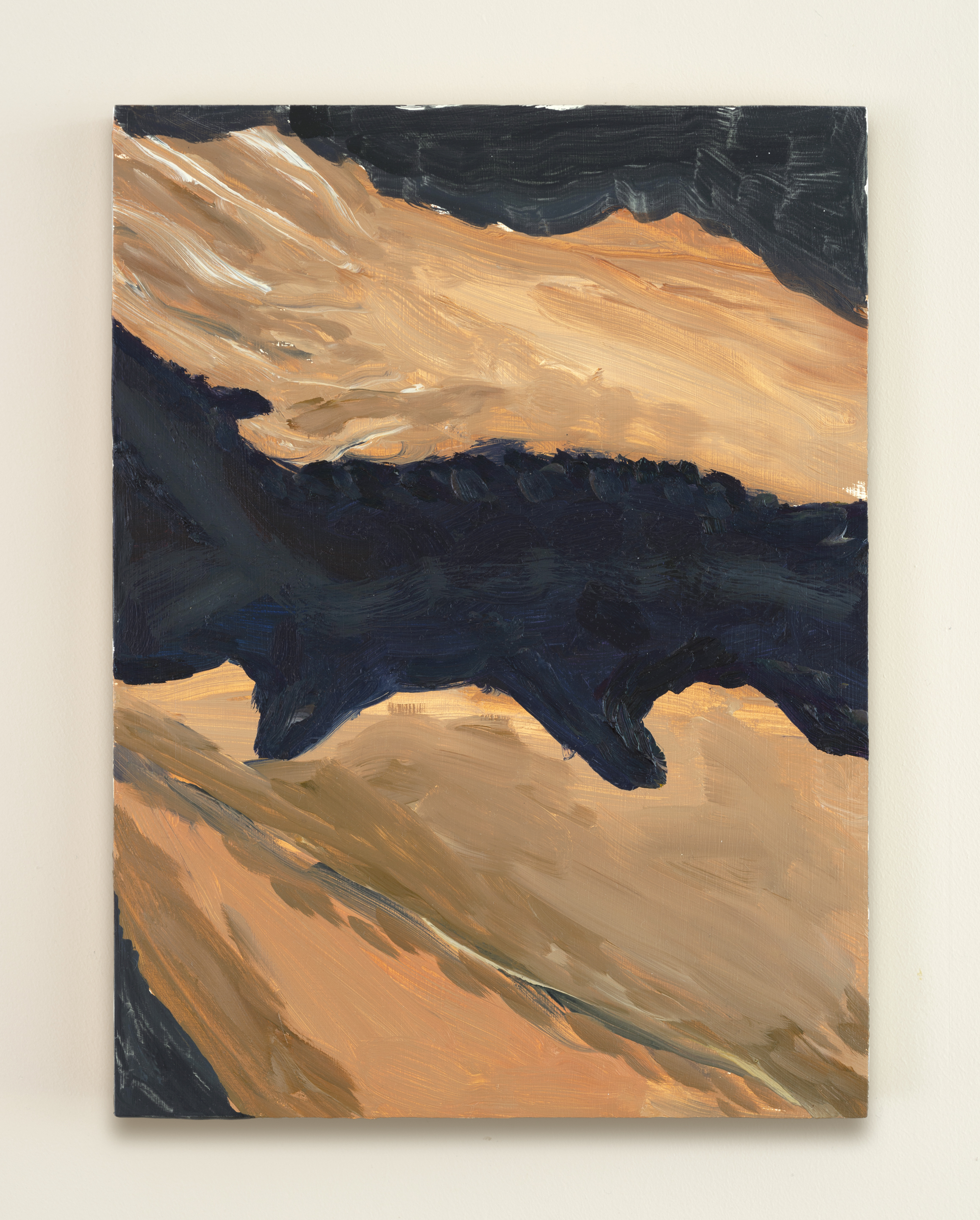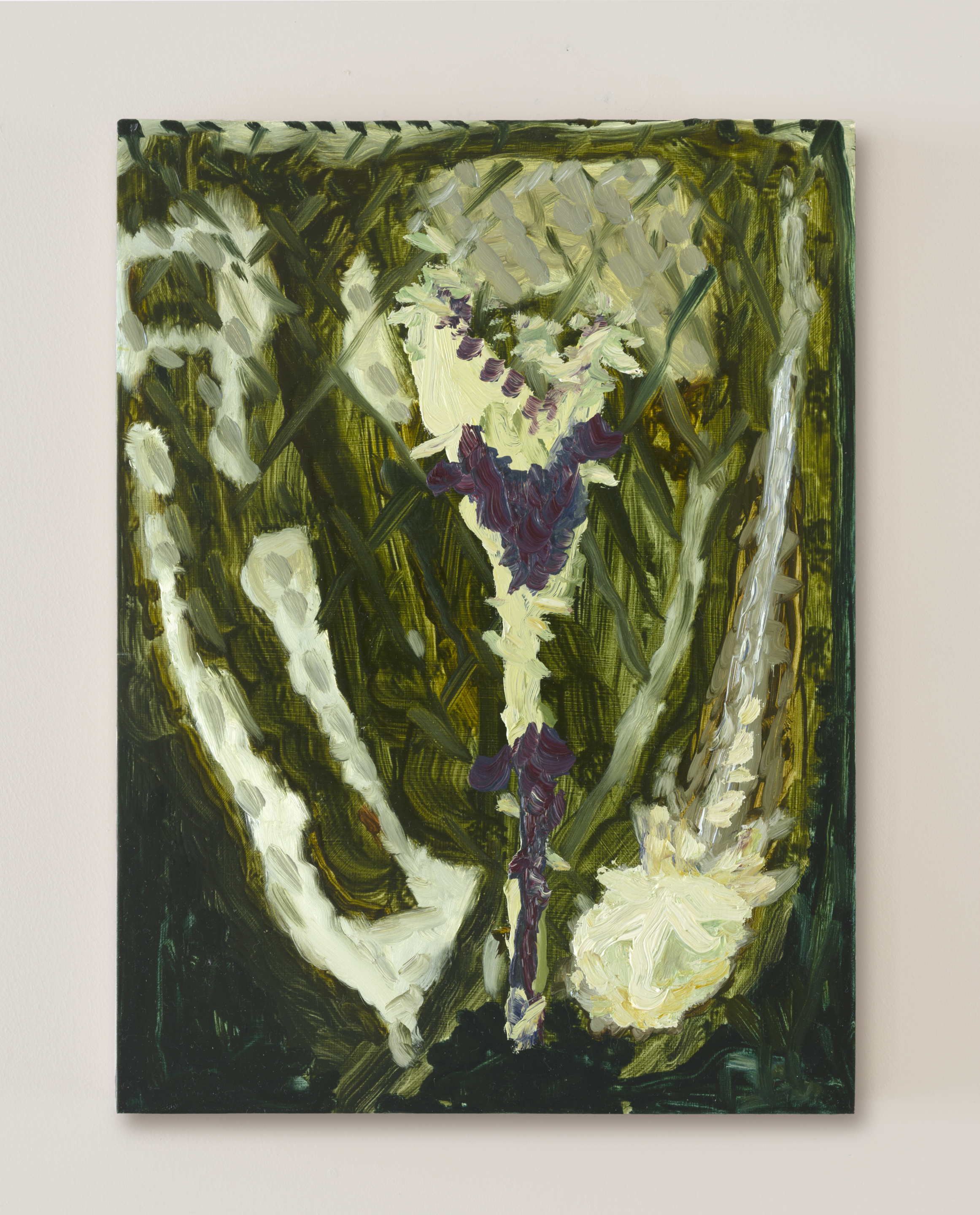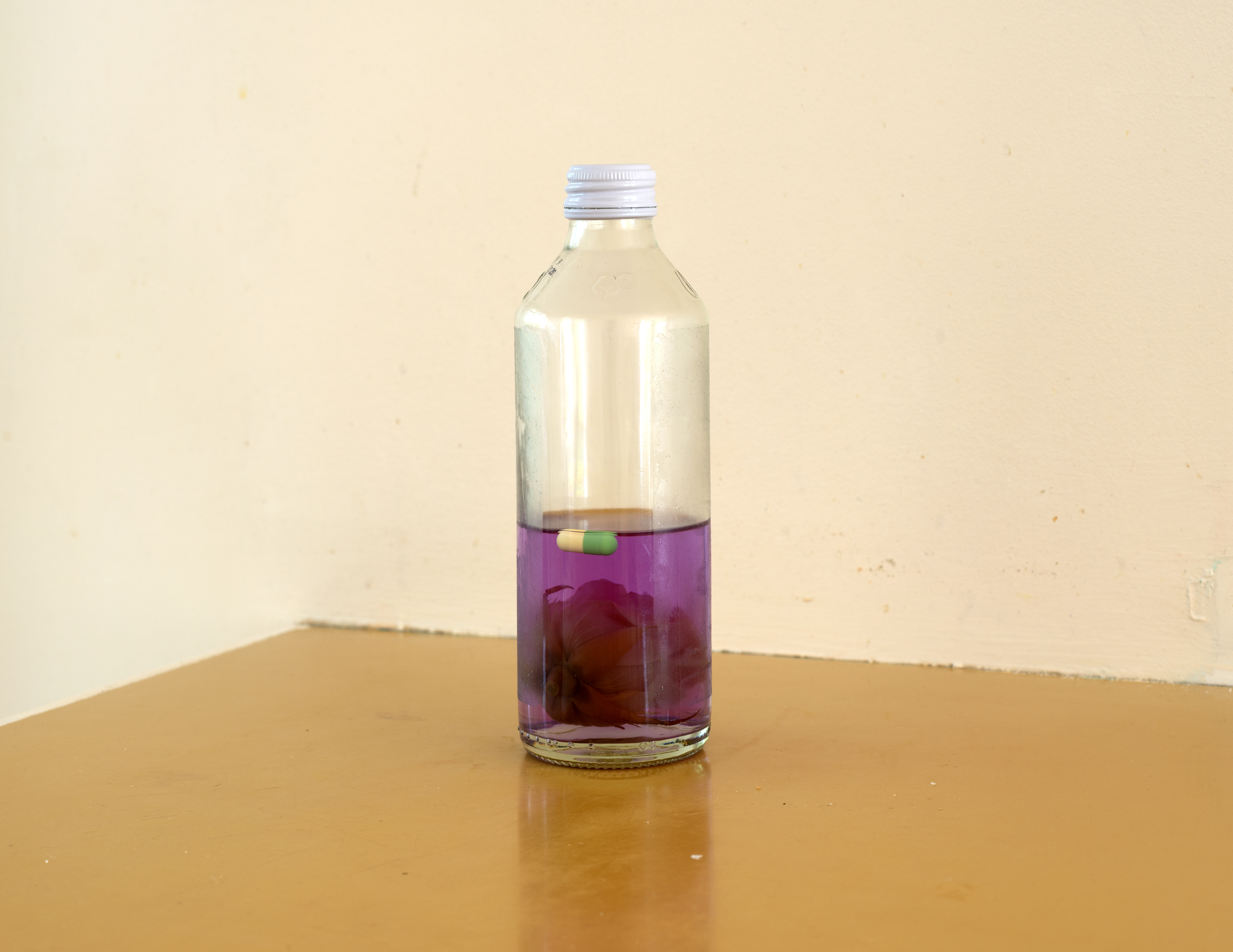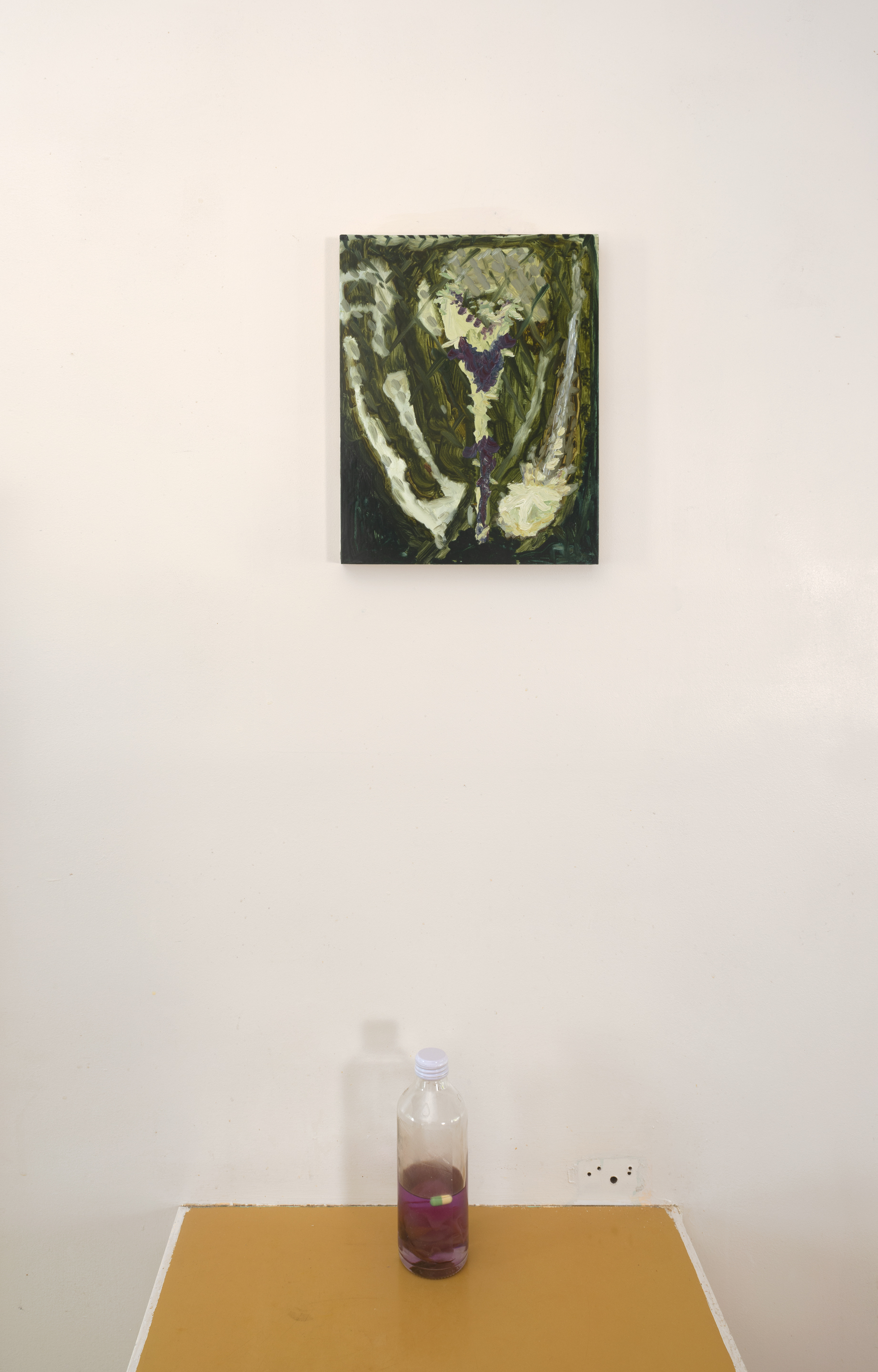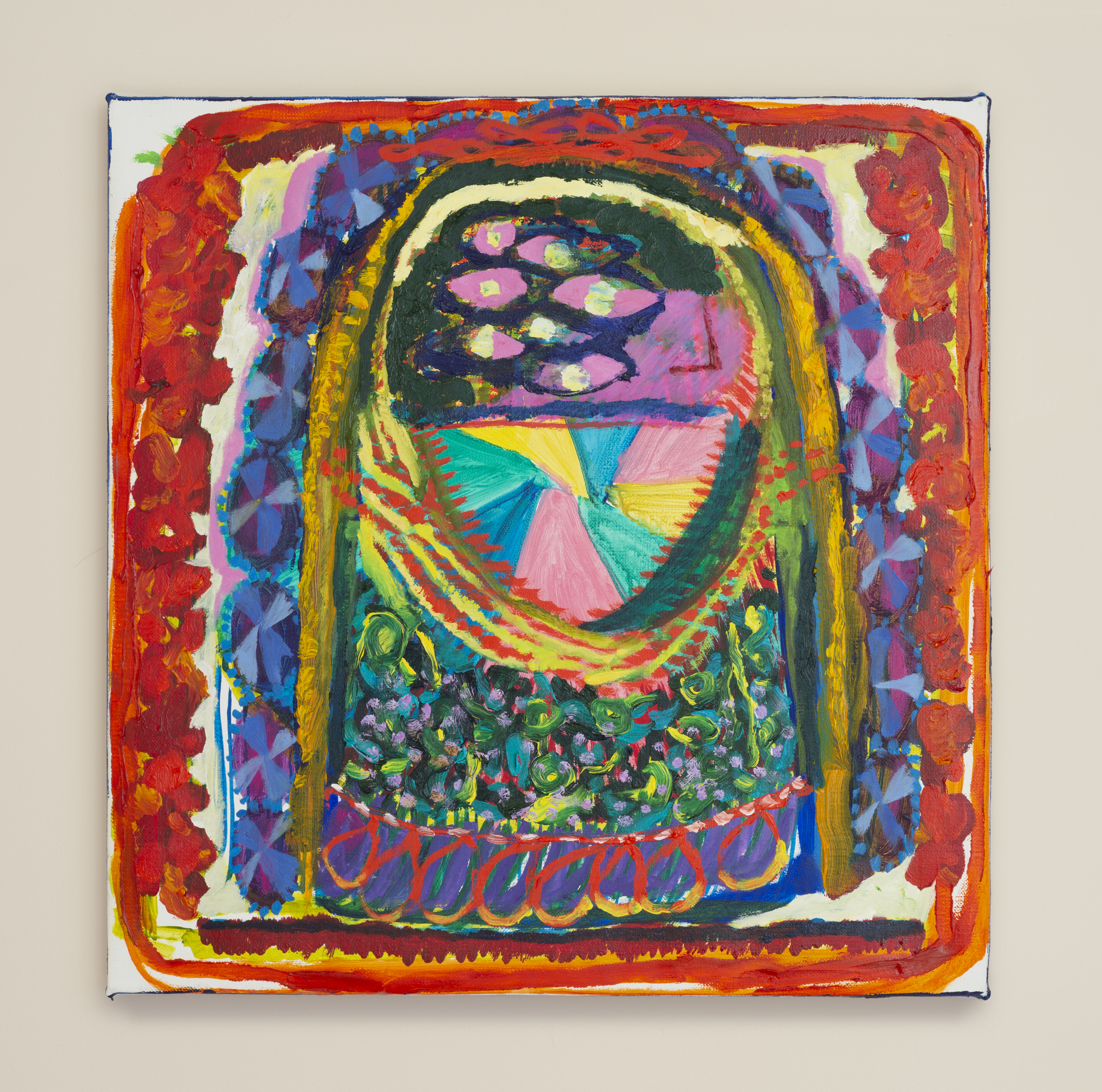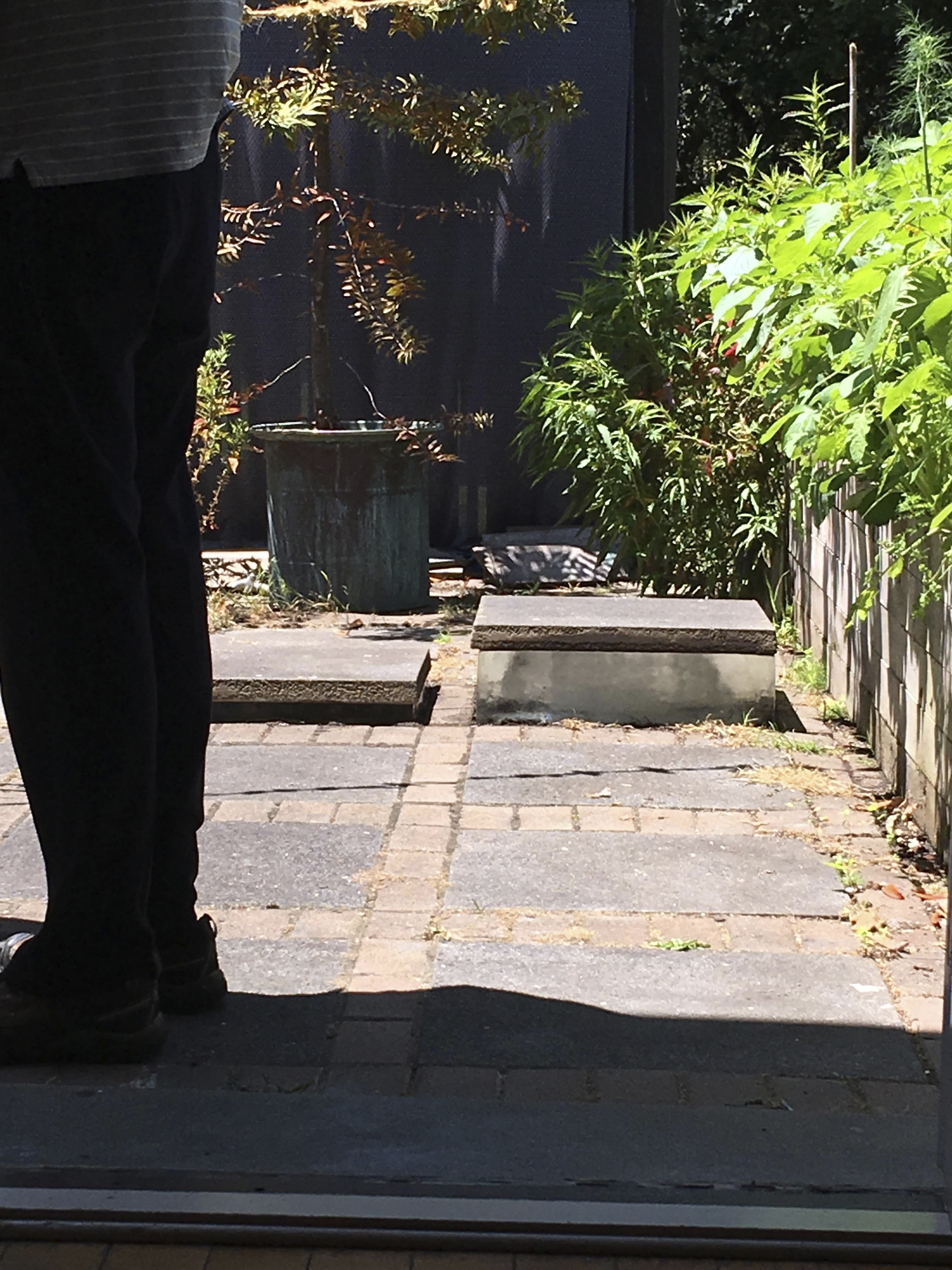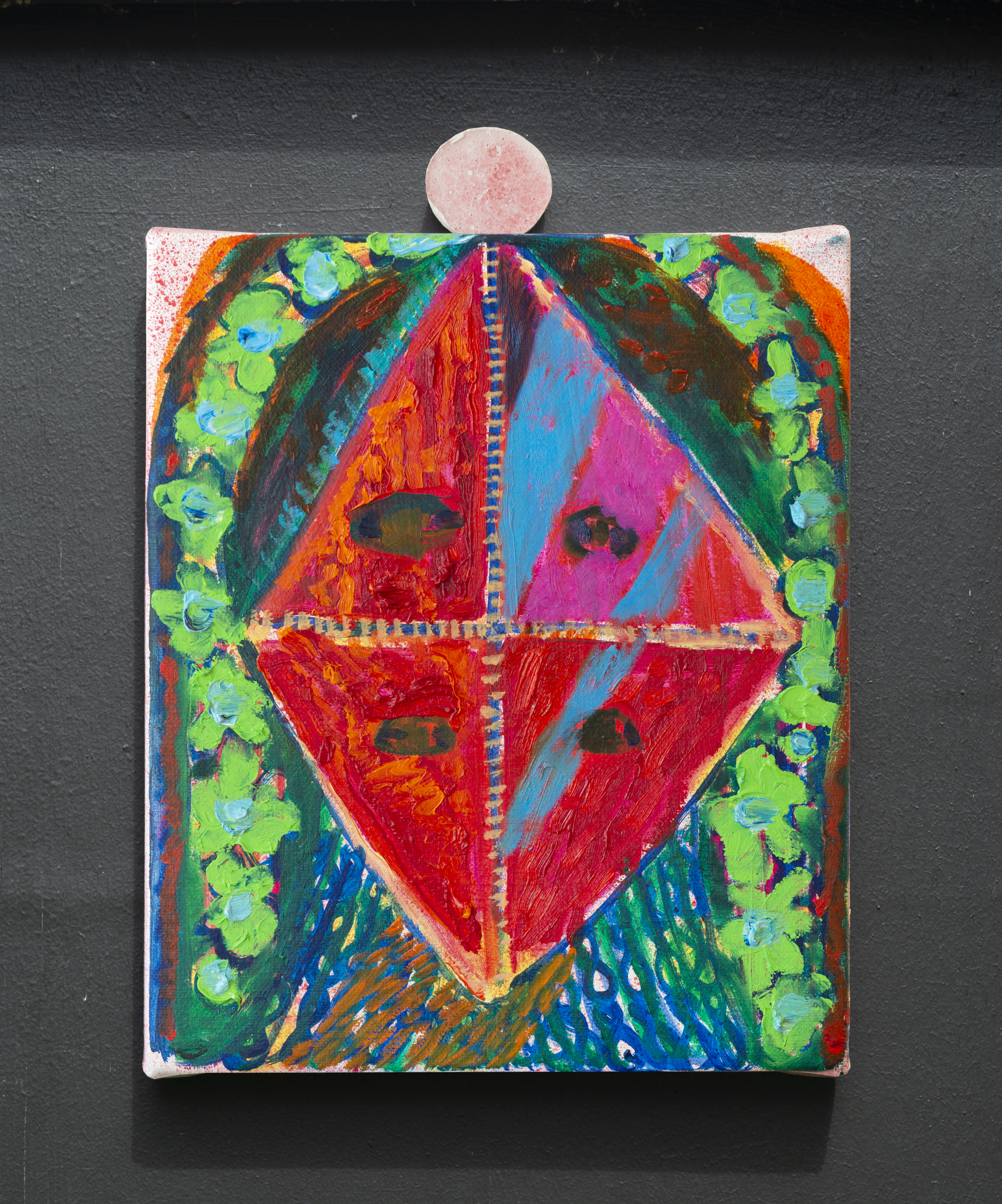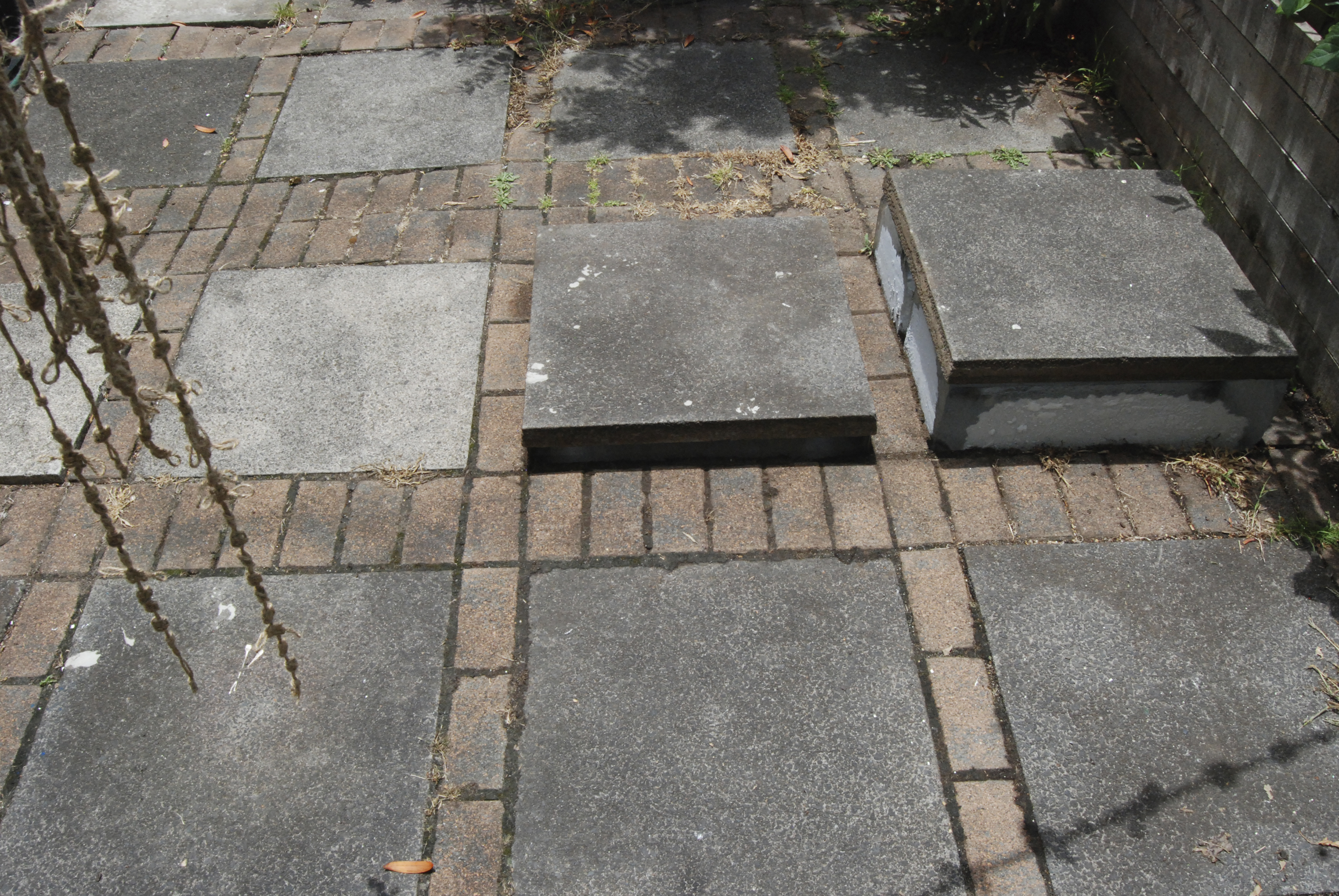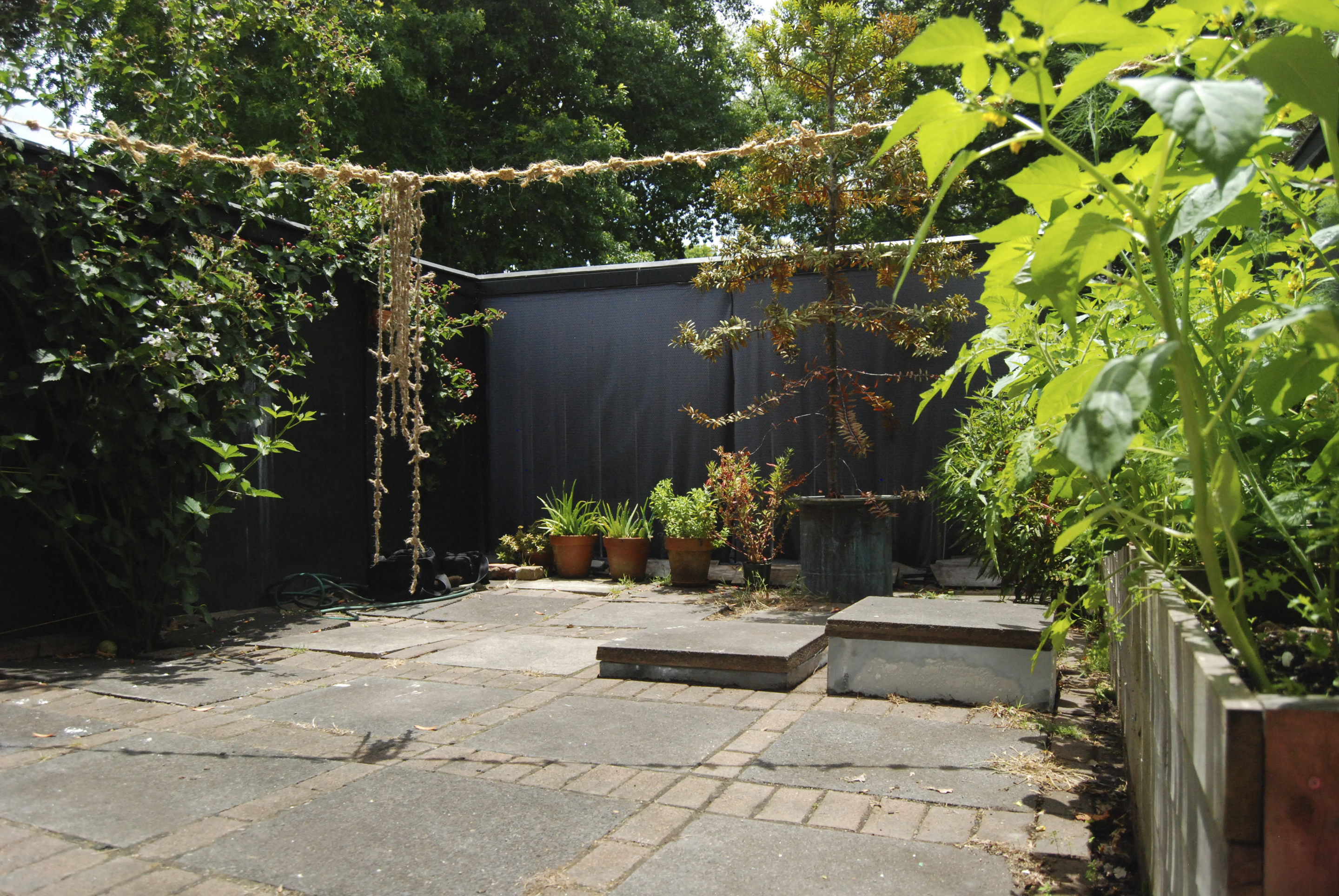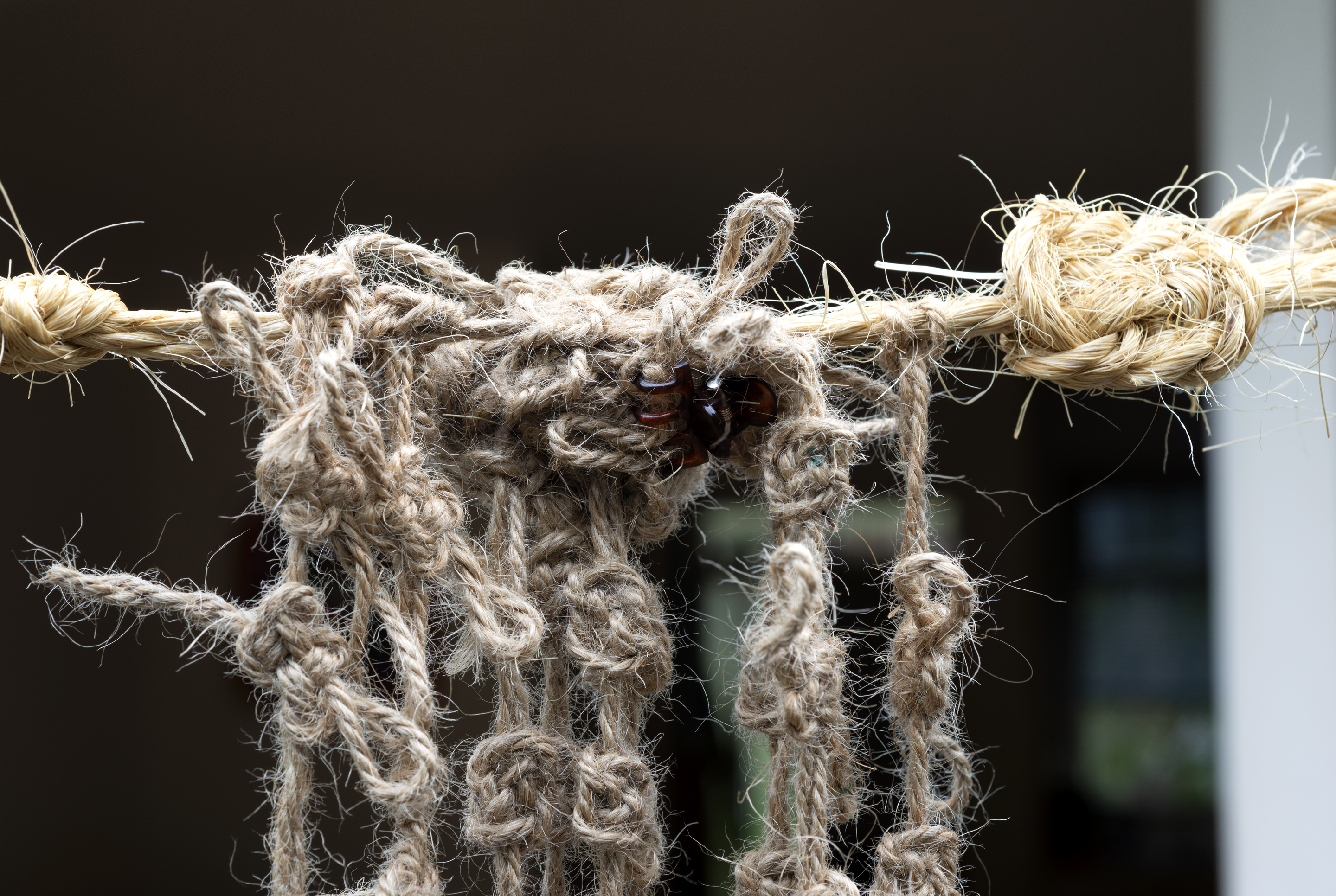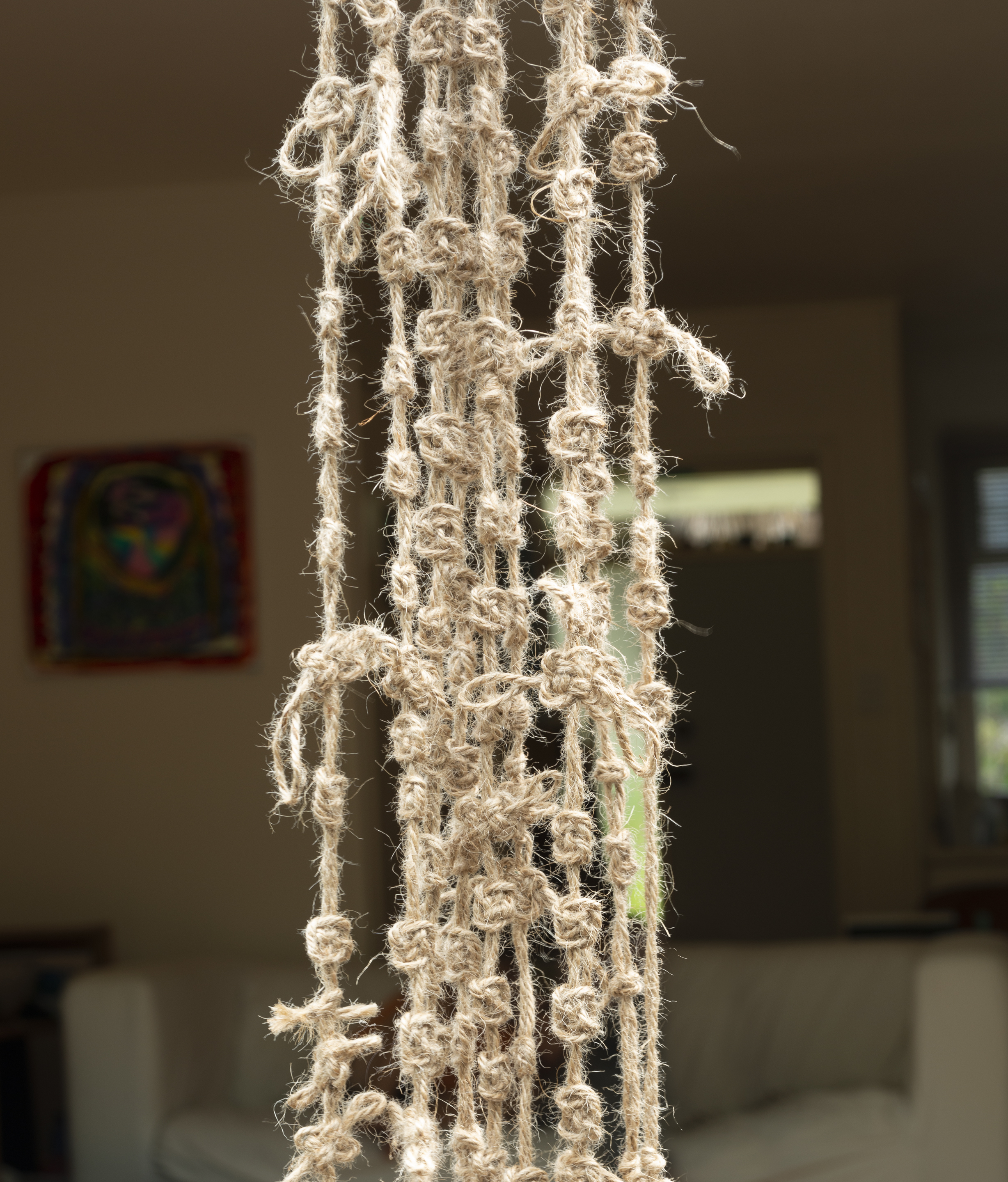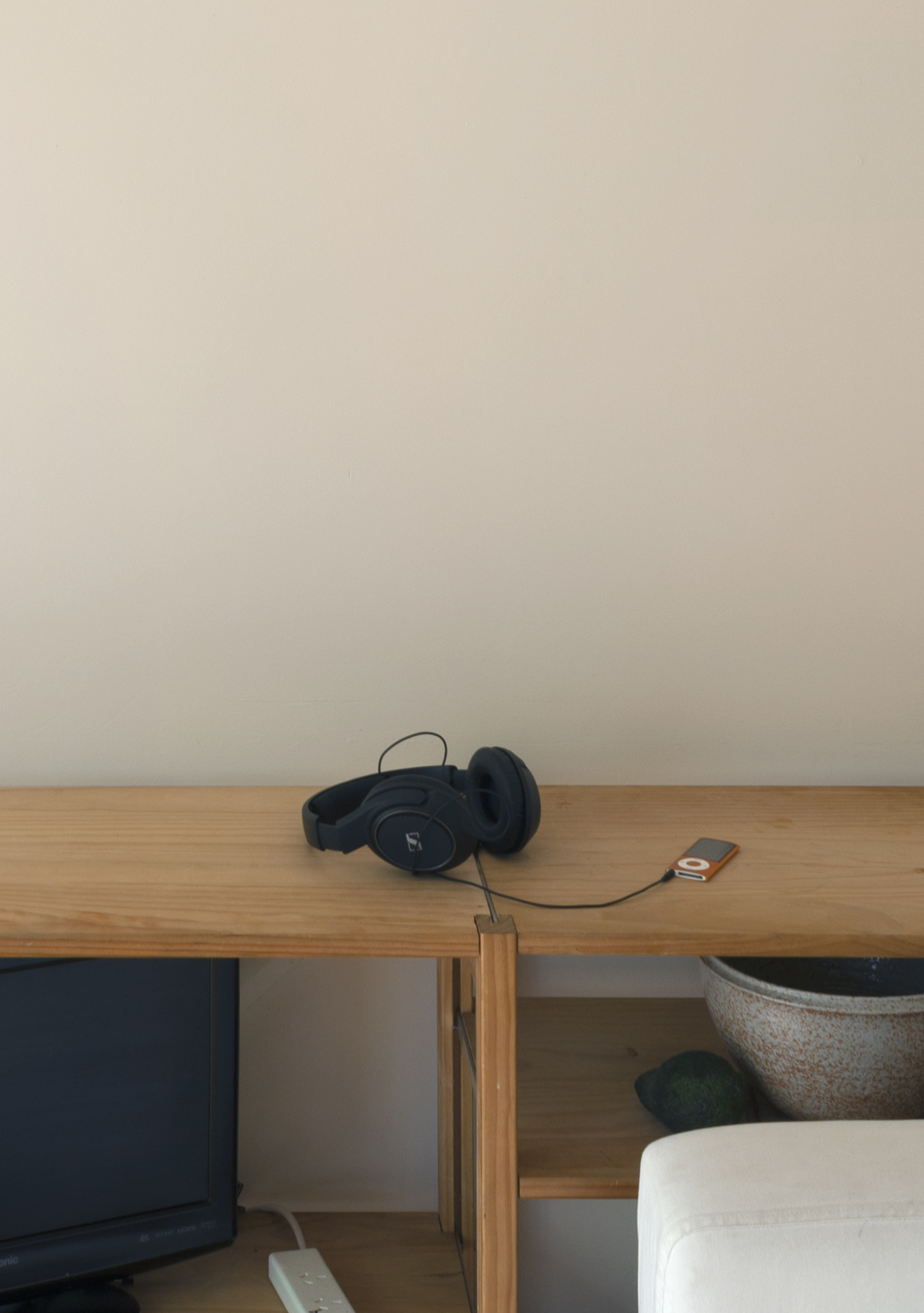Abby Cunnane
The finest powder in the largest quantities
A graining, a sanding.
The finest powder in the largest quantities.
[…] the sound of sand dunes
shifting
without
wind.1
For a couple of months now I’ve been polishing the black ceramic cooktop, every day almost. If you use a really fine weave fabric – a piece of t-shirt is good – really lean into it, just a bit of the chalk-pink cleaner, you can achieve a smelted black gleam like nothing else. When it’s done I can concentrate more clearly, relieved that this jet black glass was there all the time, intact under the dried cooking spills. At first I was worried it would not be; some surfaces you have to live with for a while to know they are going to be okay, can bear heat and wet without shrinking or fading, melting or scarring.
There might be a kind of deep assurance that comes with living next to a huge body of water, a lake that freezes to a stone in winter. I’m not sure, but if there is I think that it would be like the feeling of this jet black cooktop square when it’s done.
It might feel like growing up by a black sand beach on the west coast, before the iron content is extracted and the black goes matte: too hot to run on barefoot in summer, harsh like sandpaper on your shins in the westerly, and glittering like fish skin when the day is a certain way. Nouns don’t always work with things like sand: the ‘graining’ and ‘sanding’ Cassandra Barnett wrote works better; that’s the way sand moves, that’s how it is, black sand anyway, and it clings.
It was winter for a long time this year, nothing much was changing except the angle of the water running down the windows. For a while, during the time when I was not polishing the cooktop, or at work, I was reading Anne Carson’s The Glass Essay,2 in which she goes back to her mother’s house in the north after breaking up with someone she loves. I was looking for something I thought I’d read before, and it’s there, in paragraph 44: “A solid black pane of moor life caught in its own night attitudes.” I’ve realised this winter that I read for recognition, to find things that are familiar. The solid black pane of moor life, in its familiarity with the black cooktop, the shifting movement of dune without wind, in its familarity with how a text can change between the first time you read it and read it again. The relief that it can all be real at once.
Our friend Tim lies on the floor for a while with his heart broken, in the middle of a meeting about schedules for 2020. I remember a line from a Hera Lindsay Bird poem, “There are things which / will happen to you that you will have no adequate response for.”3 I want to tell him about polising the cooktop, I think it will help, but the timing is surely off. Part of me is relieved I don’t have to share it.
The exhibition title is Superstimulus. There are two common examples the internet uses to illustrate the term. One is a chocolate bar, a concentrated version of stimuli – sugar, salt and fat – to which humans are already drawn. The other is a bird, which shows a preference for an egg that is larger than its own, even though that egg might be plastic, or cold. I wonder who comes up with an experiment like that, and then think about the egg – either egg really. It’s a good example for superstimulus, you can see it clearly as a diagram, but always I get distracted by the bird, caught in the weight of its decision. Lyn Hejinian writes, “Each moment stands under an enormous vertical and horizontal pressure of information, potent with ambiguity, meaning-full, unfixed, and certainly incomplete.”4 Hejinian notes language is a condition we inhabit; it never rests. But this is better said by her direct, for a minute we can even lean on it maybe, held, and then woken:
in a great lock of letters
like knock look…5
I have too many tabs open about glass making, about silica and soda ash: ‘soda-silica-lime-glass’, a name like biting into something cold and minty and perfect. One glass polishing day I drive home listening to the story of Poutini and Waitaiki and the obsidian deposit at Tūhua Island, kiripaka (flint) at Waiapu, ōnewa (basalt) at Opito Bay,6 glass green tangiwai (bowenite) in Piopiotahi, matā (lava) hitting the water at Whangamatā. Everywhere there is glass and rock, bodies of sea water.
All these things are going to be okay I think, and today it is the only thing that brings relief. They will outlast our bodies, along with windshields and the shells of electronic things, headphones shaped to fit in our earlobes and encircle our heads, elastic bandage fabric that was designed to stretch and to hold broken limbs, USB ports and synthetic bra straps and the eerily lit email on your screen. Thinking this is like becoming extremely old very quickly, feeling that your skin is younger than you are, but it will pass.
Now it’s December and there are New Zealand oranges as big as your outstretched hand at Lim Chour, some of the best I’ve ever tasted. I eat two in one sitting, feeling like I sink into each mouthful, or maybe it almost submerges me. I stop polishing the cooktop every day and it’s fine. Sometimes there are things spilled on top of each other and it’s even fine then. The finest powder in the largest quantities, the sand and the glass, and all the tides that brought them here.
1 Cassandra Barnett, from ‘Listen your way home’, published in ATE: Journal of Māori Art, editors Bridget Rewiti and Matariki Wilson (Wellington, 2019).
2 Anne Carson, Glass Irony and God (NY: New Directions, 1995).
3 Hera Lindsay Bird, ‘Staffroom grafitti when i’m tired’, Ultra Vires: Totally dark in ten or twelve different ways, lightreading (8fold: Munich, 2016).
4 Lyn Hejinian, Poetics Journal 4: Women & Language, May 1984.
5 Ibid., originally from Writing is an Aid to Memory, 1978.
6 See Taringa podcast #120, Paraone Gloin and Erica Sinclair, Te Wānanga o Aotearoa, 29 November 2019.
